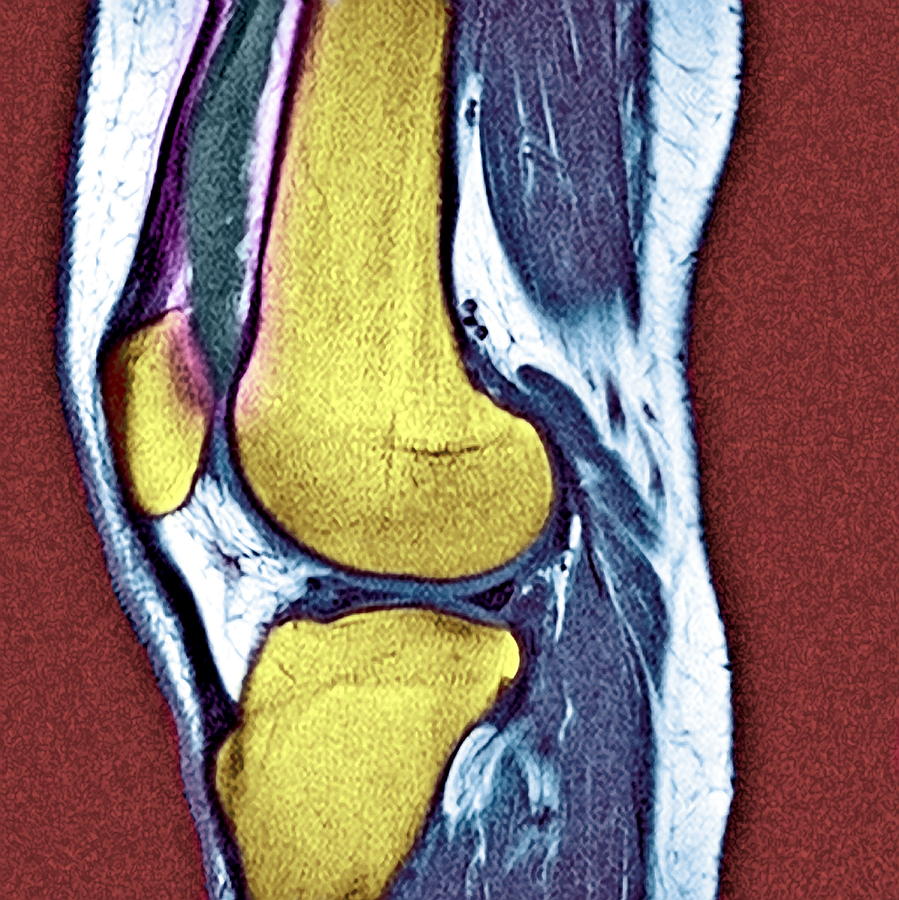
The most important component of treatment is to alleviate pain quickly. Fluid on the knee occurs when there is excess synovial fluid, blood, inflammatory exudation, or lymph leak into or around the joint. Other diagnostics include imaging technology, such as ultrasound, X-ray, computed tomography (CT) or magnetic resonance imaging (MRI) as well as a blood test. Acute Infection following surgery or an open injuryĪfter examining the joint your doctor might test the fluid in your knee.Rheumatic diseases or osteoarthritis are often responsible for swollen knees in older patients, as degenerative joint wear impairs the knee joint function, resulting in recurring inflammation. Depending on the cause of the inflammation, knee swelling can be acute after an injury or chronic due to underlying conditions. If you wear tight clothing that is not designed to be worn for long periods of time, it can increase the risk of fluid build-up and infection.Swelling is a sign of inflammation. You may also experience swelling in other areas around your knees, especially if you have arthritis or arthritis-related joint pain (such as arthritis, osteoarthritis, or rheumatoid arthritis). Tight clothing can make it more difficult for your body to absorb and remove fluid from the affected area, causing more swelling and pain in your affected knee. Wearing tight, tight-fitting clothing, such as a knee brace or knee braces. If the swelling is severe, you may need to see a doctor to determine the cause of your knee pain. The swelling can also cause pain and tenderness. This can lead to swelling, pain, and swelling of the fluid-filled area around the joint. It can be caused by a number of factors, including: Stretching or bending the knees too much, which can cause fluid to build up in the area. The fluid on the knee, also known as knee effusion or water on the knee, is a painful condition caused by fluid collecting around and under the kneecap. The sooner you see a doctor, the more likely it is that you’ll be able to get the treatment you need. If you have a knee injury, it’s important to see your doctor as soon as possible. Lets start with Increased Joint Fluid: Normally, there is a tiny amount of fluid in the knee which serves as a lubricant and to deliver nutrition to the cartilage that lines the joint. There are other, rarer, causes that will not be covered here.
#FLUID IN KNEE PROFESSIONAL#
You can either get a massage from a professional or give yourself a gentle self-massage. fluid behind the knee, called a Bakers cyst. Massaging the knee may help fluid drain from the joint. How can I naturally drain fluid from my knee? If you want to move your knee joints as much as possible, you need to walk and do other exercises. Walking and other exercise helps mobilize your joint fluid and lubricate the joints if you have mild to moderate pain in your knees. However, if you have any of these symptoms, see your doctor right away. These symptoms usually go away on their own within a few days. You might also have a fever, chills, or a runny nose. The most common symptoms are pain, swelling, tenderness, and redness. If the swelling is severe, you might need to have fluid removed from the area. Baker cyst can be painful, but usually improves with icing and compression.


Is fluid on the knee serious?īaker cyst in the back of your knee can be caused by the build up of fluid in your knee. If you have an injury to your knee, you should seek immediate medical care. If you notice knee swelling that isn’t getting better within a day or two, you should see your doctor. Left untreated, fluid on the knee can limit joint movement and cause supporting muscles to weaken and atrophy. What happens if fluid on the knee is left untreated? If the cause of the fluid is not certain, you may need to see a doctor. Other causes include injury to the cartilage, inflammation of the joints, and infections of the joints. The most common cause of fluid on the knee is osteoarthritis due to wear and tear on the joint cartilage. How can I naturally drain fluid from my knee?.What happens if fluid on the knee is left untreated?.


 0 kommentar(er)
0 kommentar(er)
